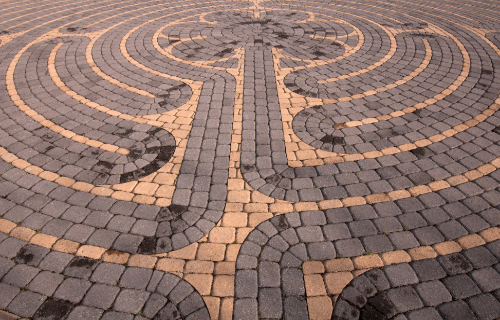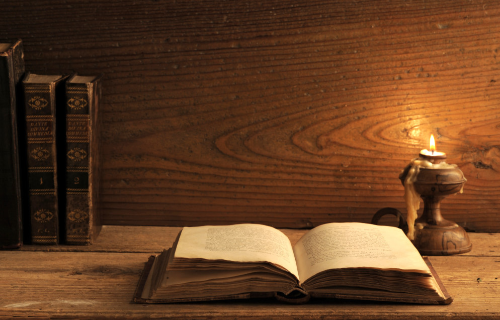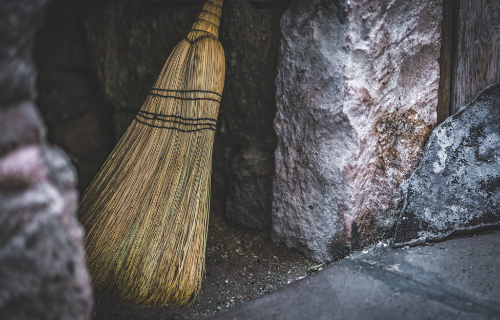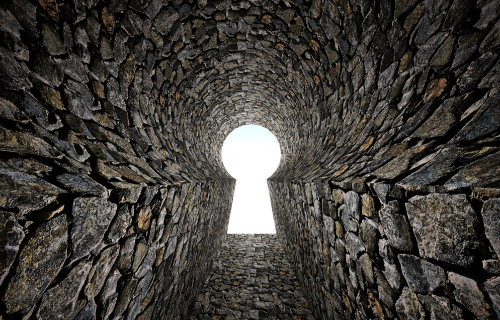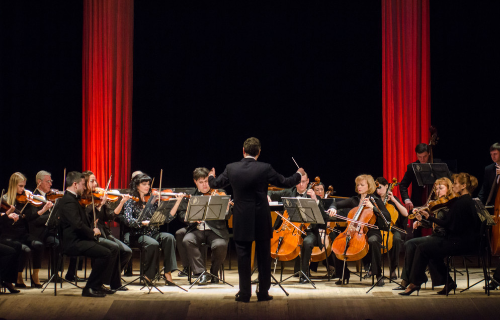
HOLST AND THE PLANETS
Today the word astrology conjures up magazine and newspaper columns. However, the interests of Holst & co were spurred by a contemporary trend for exploring ancient eastern philosophies, of which astrology was only a part. Still, Holst and his friend, and astrologer, Clifford Bax, delved deeper, investigating individual horoscopes, which show the planets’ positions for an individual’s birth date, place and time, indicating they were well versed about both the star signs and planets.
Besides, the planets and the gods they signify are woven into everyday language – Mars; martial arts; a mercurial character; to venerate (Venus) another; a jovial or saturnine nature. They were common parlance, from Shakespeare to today. However, during this period psychoanalysis was dawning, and so the conventional interpretation for almost anything, including the planets’ meaning, was up for debate. It’s even more the case today. Thus, not all astrologers would agree with Holst’s take on the planets. Musically, Mars, Bringer of War, is undeniably that. However, straightforward Mars is, this astrologer is less sure about Holst’s interpretation of Venus.
As the Bringer of Peace, she’s sugar-coated, but lacks her power to seduce and her more calculating and determined side are completely obscured. Similarly, Mercury, the winged Messenger, is exactly that – his aerial manoeuvres are audible. Where, however, are his wiles and trickster nature? Jupiter’s jollity, perhaps best personified by Falstaff, is exactly that, ending with a bang. Saturn: Holst defined Saturn him as bringer of old age, which is portrayed faithfully, so he can’t be blamed for ignoring the focus and sheer drive the planet signifies. Then there’s the last two, recent discoveries in astrology’s ancient history Uranus (1781) and Neptune, (1846). Thus, in the early 1900’s, Holst and the astrological world were still working out their meaning. Holst calls Uranus “The Magician”, and depicts exactly that musically, while today those traits would have been attributed to Neptune, switching the two. Intriguingly, Uranus, which has come to signify innovation, revolutionary thinking and all things electronic, as well as astrology, was positioned in its own sign, Aquarius, from 1912 to 1920, when The Planets was written and premiered, suggesting they were celestially ordained. Gustav Holst, his astrologer friend Clifford Bax and their fellow artists were the part of the group exploring exotic new philosophies, of which astrology was only a portion. Most will have known about, if not read, the compilations ancient teachings of the Asian subcontinent by writers such Helena Petrovna Blatvatsky.
Today the word astrology conjures up magazine and newspaper columns. However, the interest of Holst & was spurred by a contemporary trend for exploring ancient eastern philosophies, of which astrology was only a part. Still, it was a compelling was for learning about one’s Star sign but would have been just as familiar with the planets. However, we all are, although unaware of it. The planets and the gods they signify are woven into our language – martial arts, a mercurial character, to venerate (Venus) another, a jovial or saturnine nature; these terms testify to planetary archetypes being common parlance. What’s more because both Bax and Holst delved into individual horoscopes, the maps of the planets’ positions, calculated based on an individual’s birth date, place and time, they’ll have been familiar with their nature. However, then, in the dawn of psychoanalysis, there was considerable discussion on what each planet meant. And it’s even more the case today. Thus, not all astrologers would agree with Holst’s take on the planets. Mars, Bringer of War, is undeniably that. However, while Mars is straightforward, this astrologer is unsure about Holst’s Venus. As the Bringer of Peace, she’s sweetly seductive but has none of the power of this bright planet.
This rather sugar-coated Venus obscures her more calculating and determined side. Similarly, Mercury, the winged Messenger, is exactly that – his aerial manoeuvres are audible but neither his wiles nor trickster nature are audible. Jupiter’s jollity, perhaps best personified by Falstaff, is exactly that, ending with a bang. Since Holst defined Saturn as bringer of old age, which he portrays faithfully, he can’t be blamed for ignoring the sheer drive the planet signifies.
Then there’s the last two, recent discoveries in astrology’s ancient history Uranus (1781) and Neptune, (1846) , thus Holst and the astrological world were still working them out. Holst calls Uranus the Magician, and portray exactly that musically, today those traits would have been attributed to Neptune. Intriguingly, Uranus, which has come to signify innovation, revolutionary thinking and all things electronic, as well as astrology, was in its own sign, Aquarius, from 1912 to 1920, when The Planets was written and premiered, so perhaps they we celestially ordained.

